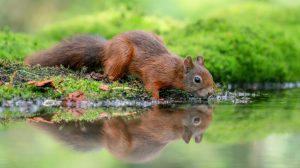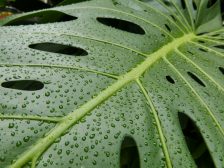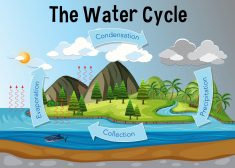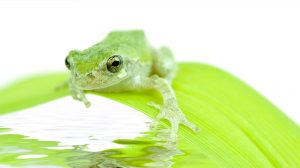Definition
noun, plural: pedipalps
Either of the second pair of appendages located laterally to the chelicerae and anteriorly to the first pair of walking legs of the Chelicerates (e.g. arachnids, horseshoe crabs, etc.)
Supplement
Chelicerates, such as arachnids, sea spiders, and horseshoe crabs, are known for having segmented bodies with paired jointed limbs or appendages. One of the paired appendages is a pair of pedipalps.
Chelicerates have a pair of pedipalps located on the body segment (i.e. segment three) near the mouth. Particularly, the pedipalps are found laterally to the chelicerae, in front of the first walking legs of the Chelicerates. Chelicerae are another pair of appendages of the Chelicerates that are found on segment two, ahead of the mouth. Next to the chelicerae are the pedipalps that arise from segment three, i.e. behind the mouth. A pedipalp is comprised of six segments: (1) coxa (2) trochanter, (3) femur, (4) patella, (5) tibia, and (6) tarsus. The pedipalps may be modified to perform a range of functions including food manipulation and sensing, locomotion, defense, and reproduction.
Spider pedipalps have specialized coxae called gnathobases or maxillae. These specialized structures function as mouthparts of the spiders. Apart from the specialized coxae, the spider pedipalps may be characterized by having an undivided tarsus as well as pretarsus lacking in lateral claws. Furthermore, the tarsi of the male spider pedipalps have a palpal bulb used to inseminate the seminal receptacles of female spiders during mating.
Also called:
- palp
- palpus
See also:





